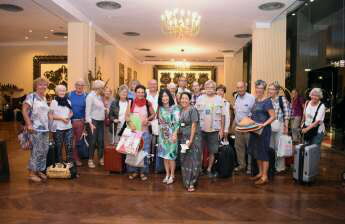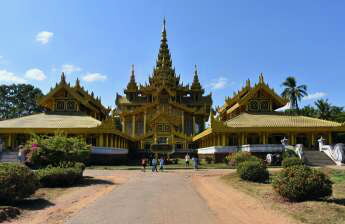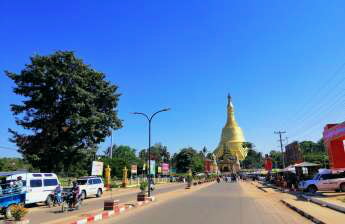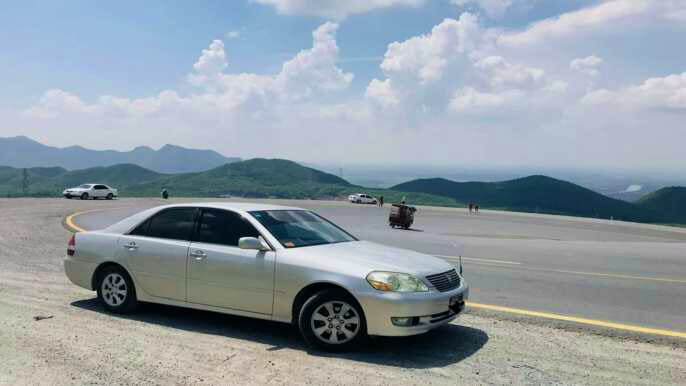Yangon is a city where old world charm and tradition collide with rapid development, where red-robed monks share streets with sleek new cars. Its dynamism is a refreshing contrast to much of Asia.
Its most popular attractions are a highlight but it’s also worth exploring the rest of the city on foot to get an idea of life in Myanmar. For a unique experience, take the Circle Train Line into the outskirts of town and see what life is like for locals.
Shwedagon Pagoda
The imposing 325-foot spire of Shwedagon Pagoda stands majestically at the top of a hill in Yangon. The colossal structure is home to Buddhist sacred relics, and it’s considered one of the most important pilgrimage sites in Myanmar.
The Pagoda is surrounded by 2,000 shrines, each of which radiates outwards from the main stupa in cardinal directions. Each is dedicated to a Buddha and houses a religious image that corresponds to that directional shrine.
The Pagoda is the largest religious site in Myanmar and it houses several relics of Gautama Buddha, as well as relics of other past buddhas. These relics are believed to possess miraculous powers and to bring good fortune to those who visit them.

The Strand
A restored Victorian mansion on the banks of Yangon’s river, The Strand is a luxury hotel that transports guests to a bygone era. Considered one of Asia’s finest hotels, this white-washed property opened in 1901 and is known around the world for its colonial charm.
The 31 reimagined guest suites feature polished teak floors, high ceilings and floor-to-ceiling windows. All offer 24-hour butler service and combine modern amenities with original artwork, lacquer furniture, timeless accents, and vintage inspired textiles.
After a six-month renovation, The Strand is back on its feet and regaining its status as one of the most iconic grand dames in the world. Located next door is the historic Scott Market, a covered bazaar with 2,000 stalls that sell everything from souvenirs to clothes and artwork.
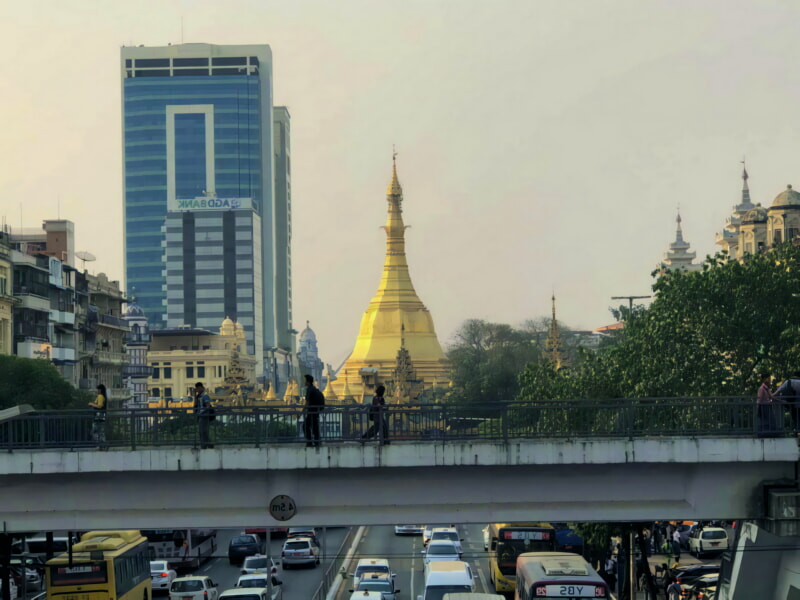
Sule Pagoda
Sule Pagoda is one of Yangon’s most famous attractions and is a must-visit for travelers to the city. It is located in the center of downtown and has played an important role in Burmese politics and economics for centuries.
According to legend, a Nat (spirit) millions of years ago discovered the site where three Buddhas had buried their sacred relics. This location is now a Buddhist shrine where people come to pray and offer alms.
The pagoda has a series of smaller shrines dedicated to different Nat spirits, and it has eight Buddha images representing each day of the week. You can also find a morning market where local people gather to buy and sell things.

The Martyrs’ Mausoleum
Located near the stairway to the Shwedagon Pagoda, The Martyrs’ Mausoleum is a must-see attraction for any traveler who plans on visiting Yangon. It is a very significant place in the history of Myanmar as it commemorates the assassination of General Aung San and his cabinet members on July 19 1947.
The mausoleum is a renowned Buddhist monument and it houses the tombs of a number of prominent personalities. State Counselor Aung San Suu Kyi laid a wreath on her father’s grave and she also attended the annual celebrations to mark this important occasion.
Kandawgyi Lake
There are many things to see and to do in Yangon, but one of the most stunning areas is Kandawgyi Lake. This is a beautiful area with lush greenery and walking trails.
This artificial lake was built to supply clean water for the city during British colonial time and is now a popular spot for walking, taking photos and just enjoying the natural beauty of Yangon.
A highlight of the area is the Karaweik Palace which is a giant barge designed to look like a Burmese royal boat from 1972. This beautiful construction is now a buffet restaurant where you can enjoy delicious food with a fantastic view of the lake.
The Circle Train Line
One of the highlights of Yangon, The Circle Train Line is a unique way to experience the local life in the capital. The British-built railway loops around for 45.9 kilometers, linking 39 suburban stations in 3 hours and is the closest thing to a mass transit in this chaotic city.
On a double track, 15 departures a day go clockwise and counter-clockwise (R / L - see photo above for stations and times). It’s a bumpy ride but it’s worth it to experience the city life away from Yangon’s bustling centre.
